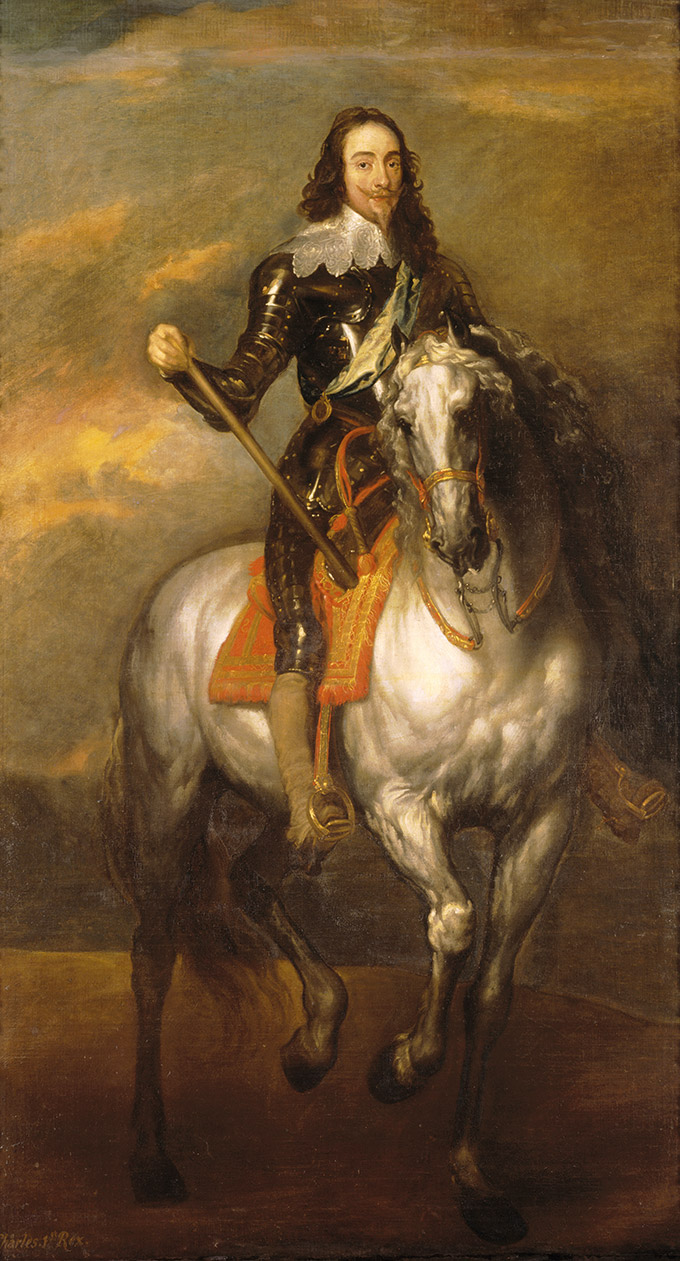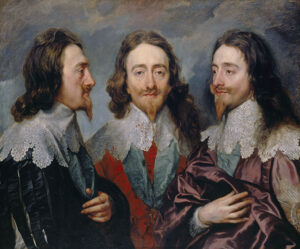
King Charles I’s belief that he could rule without parliament led to the outbreak of the English Civil War. Here, we take a closer look at why he was beheaded…
King Charles I made a great art lover. His refined tastes defined his reign. He commissioned portraits from Van Dyck and collected works by Italian Renaissance masters such as Raphael and Titian. Yet one of his grandest artistic endeavours also illustrates his limitations as a king.

Charles had Flemish artist Peter Paul Rubens paint a set of giant canvases for the ceiling of the Banqueting House at Whitehall, which were installed in 1636. The central panel celebrates the House of Stuart’s twin beliefs in absolute monarchy and the Divine Right of Kings.
These beliefs would prove to be Charles’ downfall. Convinced he could rule without Parliament, he dissolved them for more than a decade. He made failed attempts to raise money through other means and sidestepped his constitutional responsibility.

English Civil War
As a result, Charles lacked the finances to quell a Scottish rebellion and was forced to backtrack but the damage was done. The English Civil War broke out in 1642 between the royalists (the “Cavaliers”) and the parliamentarians (the “Roundheads”).
It culminated in Charles being tried for treason and executed, and the role of the monarchy being called into question.
In a bitter twist, Charles was beheaded outside Whitehall, meaning one of his last sights would be that Ruben’s mural he commissioned in more optimistic times.
Read more:





 © 2024
© 2024